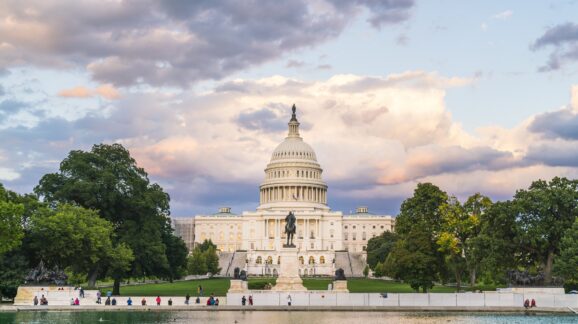Landmark Supreme Court Ruling on Clean Water Act Case Will Aid Property Rights
On May 25, the U.S. Supreme Court in Sackett v. EPA unanimously held that the Environmental Protection Agency (EPA) can’t regulate wetlands on the property of an Idaho couple, Michael and Chantell Sackett.
This marks the third time since 2001 that the Court has struck down the regulatory overreach of the EPA and the U.S. Army Corps of Engineers under the Clean Water Act. The previous two cases were Solid Waste Agency of Northern Cook County v. United States Army Corps of Engineers (2001) and Rapanos v. United States (2006).
Instead of learning from their past overreach, the agencies have continued to push vague and overbroad interpretations of what constitutes “waters of the United States” or WOTUS. The meaning of this term is critical because it informs which waters can be regulated under the statute.
This overreach has led to a constant state of confusion for property owners trying to comply with the law.
Fortunately, five of the justices agreed on a new and relatively clear test to help determine when wetlands can be regulated.
Relying on Justice Antonin Scalia’s plurality opinion in Rapanos, they ruled that a wetland must have a continuous surface connection with “a relatively permanent body of water connected to traditional interstate navigable waters.”
Further, they explained that relatively permanent bodies of water are “only those relatively permanent, standing or continuously flowing bodies of water ‘forming geographic[al] features’ that are described in ordinary parlance as ‘streams, oceans, rivers, and lakes.’” In other words, these are waters that most people (if not regulators) would think of as being bodies of water.
If there is a clear demarcation between a wetland and these relatively permanent bodies of water, then the wetland can’t be regulated under the Clean Water Act.
Read the full article on the National Review.
